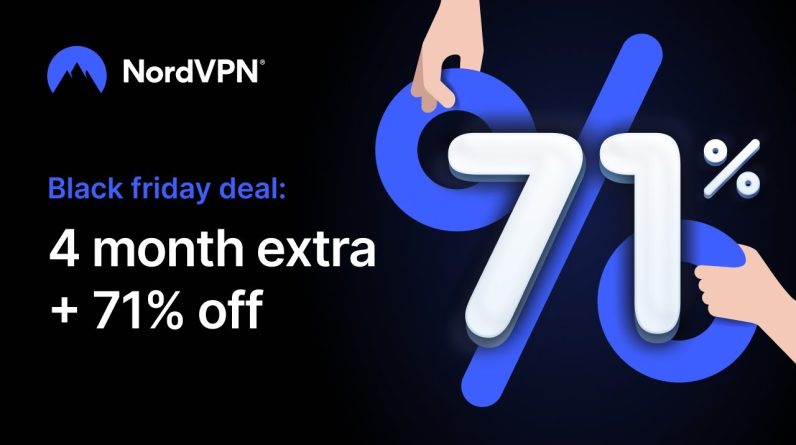Simple explanation of how VPN split tunneling works, including the benefits and risks involved in using one. The truth is that not everybody needs to use this feature, and here’s how you can know for sure!
🔹🔹🔹Recommended VPNs with Split Tunneling🔹🔹🔹
Not every personal VPN offers the split tunneling feature.
https://go.nordvpn.net/aff_c?offer_id=658&aff_id=59
*********************
Video Timestamps
*********************
0:00 – Split Tunneling Definition
0:34 – How Split Tunneling Works
1:53 – Real World Example of Split Tunneling
*********************
Split Tunneling is a VPN feature that allows users to direct a portion of their internet traffic through an encrypted virtual private network while leaving the rest to be routed through a separate tunnel on the open network. It’s an advanced feature with specific uses that we’ll cover in detail here.
Split tunneling is a unique technology that gives you control over which data you encrypt through a VPN and which data remains open on the network. Simply put, split tunneling gives you complete control over which data is sent over the internet through your VPN and which data is kept on the faster, unencrypted open web.
Is Split Tunneling Secure?
While there’s no doubt that Split Tunneling with a VPN adds extra security, as with any technology, I always caution against over-reliance on a single feature.
There’s a lot of debate around whether this feature weakens your overall encryption and offers a backdoor for bad players to exploit.
If you’re using VPN split tunneling as a means to stream or unblock content while maintaining the highest available speeds for the rest of your internet activity, you have nothing to worry about.
However, if your primary use of a VPN centers on identity protection and data security, split tunneling may end up being a unnecessary liability for you in the end.







